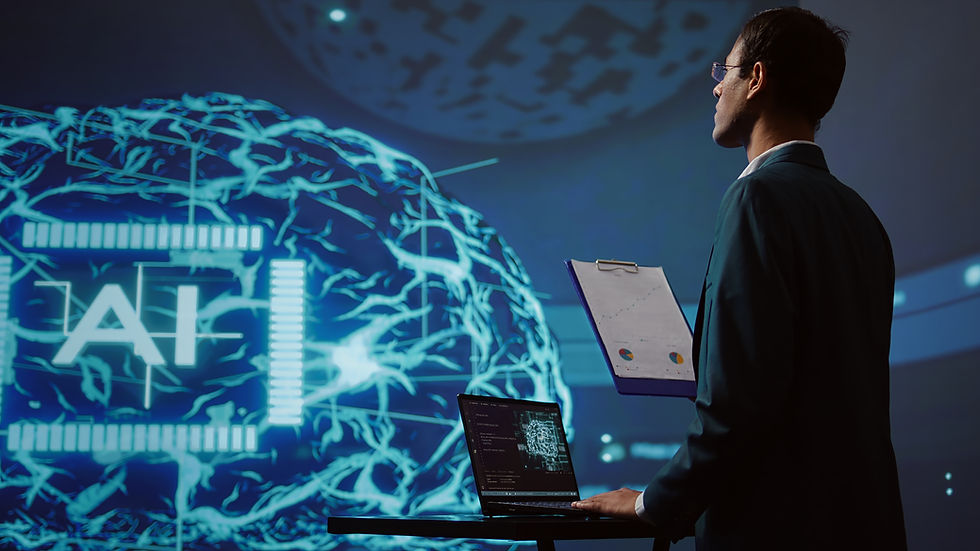In today’s fast-paced industrial world, maintaining high standards of quality and efficiency is paramount. One innovative tool that has proven invaluable in achieving these standards is the stroboscope. Specifically, the technique of fast inspection cycles using stroboscope has gained traction among quality assurance professionals. This article delves into how this tool can revolutionize inspection processes, improving both speed and accuracy.

What is a Stroboscope?
A stroboscope is a device used to make a cyclically moving object appear slow-moving or stationary. It works by emitting flashes of light at regular intervals, synchronized with the object’s motion. This allows for detailed observation and analysis without stopping the process, which is crucial in fast-paced industrial environments.
How Stroboscopes Aid in Fast Inspection Cycles
The primary advantage of using a stroboscope is its ability to perform fast inspection cycles. By creating the illusion of slow motion, it enables inspectors to detect defects and irregularities that might otherwise go unnoticed. This is particularly beneficial in industries where high-speed production lines are the norm.
Stroboscope in Action
Imagine a production line where products move at an incredible speed. Inspecting each item manually would be impractical. However, with a stroboscope, inspectors can effectively ‘freeze’ the motion, allowing for a thorough examination without halting the process. This not only saves time but also reduces downtime, a critical factor in maintaining productivity.
Applications of Stroboscopes in Industry
The applications of stroboscopes are vast and varied. They are used in industries ranging from printing to automotive, and even in electronics. Their ability to enhance visual inspection makes them an essential tool in many quality assurance processes.
Printing Industry
In the printing industry, ensuring the accuracy and quality of prints is crucial. Printing press QC relies heavily on stroboscopes to inspect the alignment and registration of colors at high speeds. This ensures that any misalignment is detected early, reducing waste and improving overall quality.
Automotive Industry
In the automotive sector, components must meet stringent quality standards. Automotive part testing with stroboscopes allows for detailed inspection of moving parts, ensuring they meet the necessary specifications before assembly.
Electronics Manufacturing
In electronics, where precision is key, stroboscopes are used to inspect solder joints and component placement. This ensures that any defects are caught early, preventing costly reworks and ensuring product reliability.
Benefits of Using Stroboscopes
The benefits of using stroboscopes in fast inspection cycles are numerous. They improve accuracy, reduce inspection time, and minimize downtime. Additionally, they provide a non-invasive inspection method, preserving product integrity.
Improved Accuracy
By slowing down the apparent motion of fast-moving objects, stroboscopes enable inspectors to perform detailed examinations. This improves the accuracy of inspections, ensuring that defects are detected and rectified promptly.
Reduced Inspection Time
Traditional inspection methods often require production to halt, leading to significant downtime. With stroboscopes, inspections can be performed in real-time, reducing the time required and keeping production lines running smoothly.
Minimized Downtime
Reducing downtime is a crucial factor in maintaining productivity. By allowing for real-time inspections, stroboscopes help minimize interruptions, keeping production lines operational and efficient.
Challenges and Considerations
While stroboscopes offer numerous advantages, there are challenges and considerations to keep in mind. These include the cost of equipment, the need for specialized training, and potential safety concerns.
Cost of Equipment
High-quality stroboscopes can be expensive. However, the investment is often justified by the improvements in inspection efficiency and accuracy.
Training Requirements
Operating a stroboscope effectively requires training. Inspectors must understand how to synchronize the strobe’s flashes with the object’s motion to achieve the desired results.
Safety Concerns
As with any equipment, safety is a priority. Proper precautions and safety measures should be implemented to protect operators from potential hazards associated with strobe lighting.
Conclusion
The use of stroboscopes in fast inspection cycles is a game-changer for industries reliant on speed and precision. By improving accuracy, reducing inspection time, and minimizing downtime, these devices are indispensable tools in quality assurance processes. As industries continue to evolve, the adoption of innovative tools like the stroboscope will be crucial in maintaining competitive advantage and ensuring high standards of quality.

FAQs on Stroboscope
1. How does a stroboscope work?
A stroboscope works by emitting flashes of light at regular intervals, synchronized with the motion of the object being inspected. This creates the illusion of slow motion, allowing for detailed observation.
2. What industries benefit from using stroboscopes?
Industries such as printing, automotive, and electronics manufacturing benefit greatly from using stroboscopes for quality inspections.
3. Can stroboscopes replace manual inspections?
While stroboscopes can significantly enhance the inspection process, they are often used in conjunction with manual inspections to ensure comprehensive quality assurance.
For further reading on stroboscopes, you can visit Monarch Instrument.
This article contains affiliate links. We may earn a commission at no extra cost to you.
